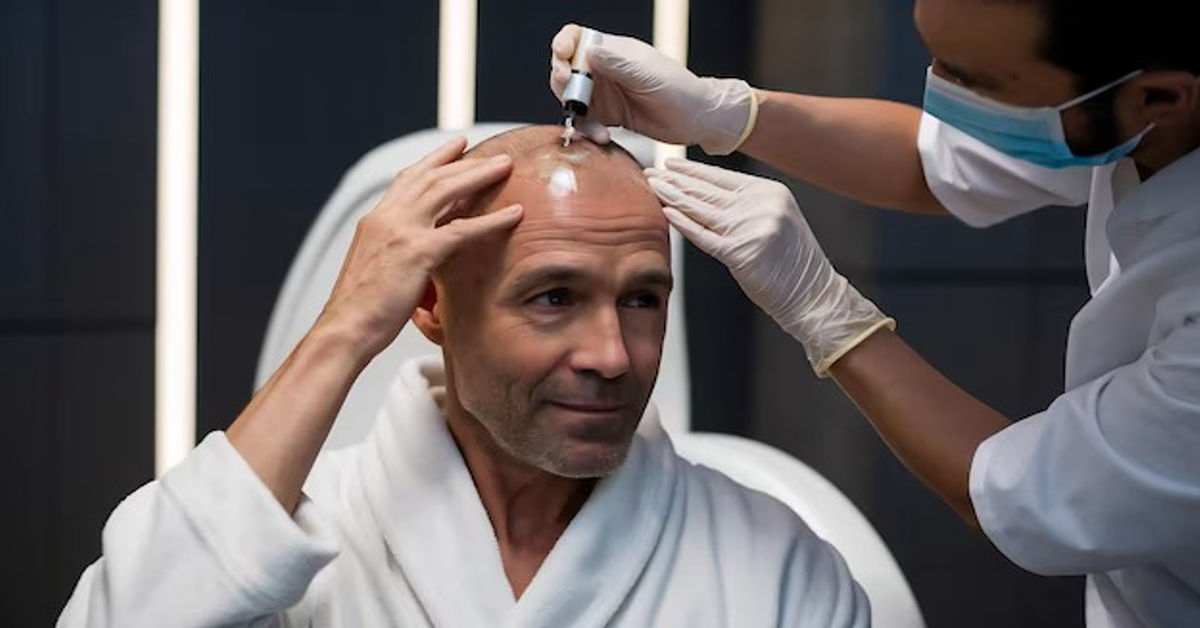Hair loss can feel frustrating. For many, it affects confidence and even changes how they present themselves in public. That’s why the demand for hair restoration treatments has been growing steadily worldwide. Dubai, in particular, has become a leading hub for people seeking effective solutions like hair transplantation. But what makes this city such a popular destination for the procedure, and what should you expect if you decide to go for it? Let’s break it down.
What Is a Hair Transplant?
A hair transplant is a medical procedure that moves hair follicles from one part of the body, usually the back or sides of the scalp, to thinning or bald areas. The idea is to use your own natural hair to restore a fuller look. Two main techniques are commonly used:
- FUT (Follicular Unit Transplantation): A strip of scalp with healthy follicles is removed, and the follicles are transplanted to the target area.
- FUE (Follicular Unit Extraction): Individual follicles are removed and transplanted one by one.
Both methods have their benefits. FUT can be quicker for large areas, while FUE leaves minimal scarring and has a shorter recovery time.
Why Dubai Has Become a Top Choice
Dubai has positioned itself as a medical tourism hub for cosmetic procedures, and hair transplantation is no exception. Here’s why people are flying in from different countries:
- Highly Skilled Surgeons – Many specialists in Dubai are internationally trained and bring years of experience in hair restoration.
- Advanced Technology – Clinics often invest in the latest hair transplant tools and techniques to deliver natural-looking results.
- Strict Health Regulations – The Dubai Health Authority enforces high medical standards, giving patients peace of mind about safety.
- Luxury and Comfort – Many clinics provide a premium experience, from private treatment rooms to personalized aftercare.
The Procedure Step-by-Step
If you go for a hair transplant in Dubai, here’s what typically happens:
- Consultation – A doctor evaluates your hair loss pattern, discusses your goals, and decides which method (FUT or FUE) suits you best.
- Preparation – The donor and recipient areas are cleaned, and local anesthesia is applied to ensure a painless procedure.
- Extraction – Hair follicles are carefully removed from the donor area.
- Implantation – The follicles are placed into tiny incisions in the thinning or bald areas, following your natural hair growth pattern.
- Recovery – You can usually return to normal activities within a few days, though full results take several months to show.
How Long Do the Results Last?
One of the biggest advantages of a hair transplant is that the results are permanent. The transplanted hair is resistant to the hormone that causes pattern baldness, meaning it will keep growing like normal hair. That said, you may still experience thinning in other areas over time, so follow-up treatments could be needed.
Cost Considerations
In Dubai, hair transplant prices can vary depending on the clinic, the surgeon’s expertise, and the number of grafts required. While it might be more expensive than in some countries, patients often see it as an investment in quality and safety. Many clinics also offer flexible payment plans.
Aftercare Tips
To make the most of your procedure, doctors usually recommend:
- Avoiding direct sun exposure for a few weeks.
- Sleeping with your head slightly elevated to reduce swelling.
- Washing your hair gently as advised by your surgeon.
- Following any prescribed medication or topical treatments.
Final Thoughts
Dubai’s combination of skilled professionals, advanced technology, and high safety standards makes it a strong choice for anyone considering a hair transplant. While it’s not a decision to rush into, the potential for natural, lasting results is what draws so many to the city each year. If restoring your hair is a priority, this could be one of the most effective ways to achieve it.







